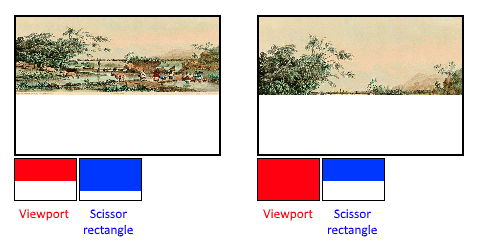Originally posted by Qaridarium
What you need to understand is that both VK9 and Nine effectively have to do the same thing. Vulkan being lower level just means that VK9 will have to do some work that the Gallium driver is doing for you, and that in turn means that VK9 has to do these things under the restrictions of the Vulkan API. A Gallium driver is not restricted by the Vulkan API, meaning that it can do some things more efficiently if the hardware allows for it.


Comment